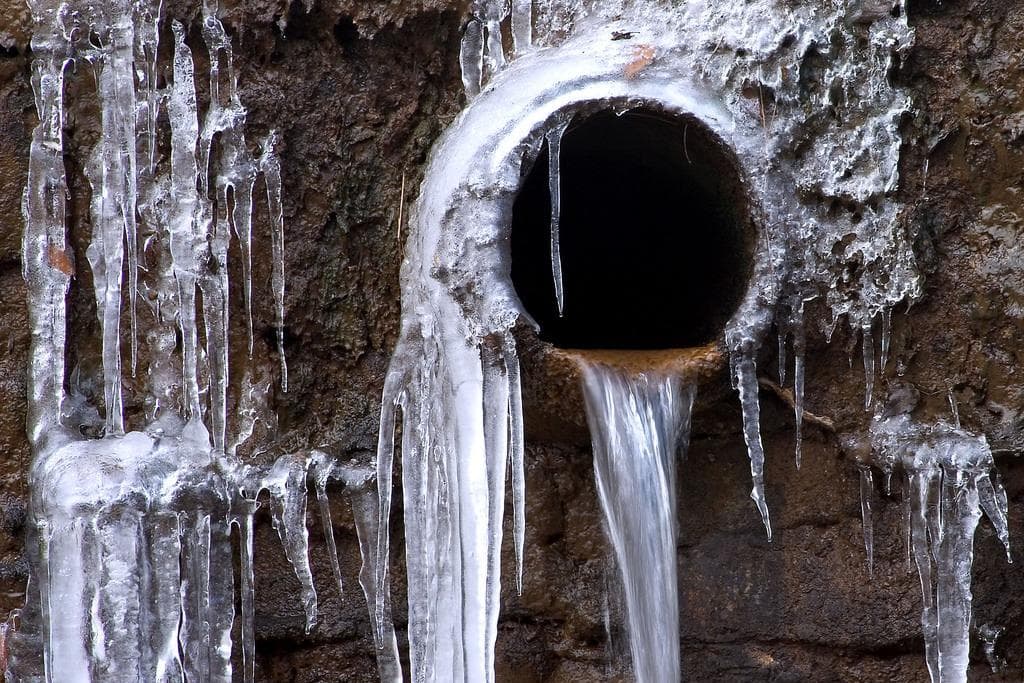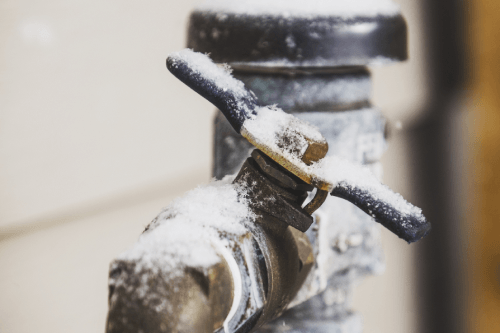Essential Tips to Avoid Frozen Plumbing in Winter
Essential Tips to Avoid Frozen Plumbing in Winter
Blog Article
What're your thoughts about How To Avoid Freezing Pipes?

Winter can wreak havoc on your pipes, particularly by freezing pipes. Below's exactly how to prevent it from occurring and what to do if it does.
Introduction
As temperature levels decrease, the danger of frozen pipes increases, potentially bring about pricey repairs and water damage. Understanding how to prevent icy pipes is important for property owners in cool environments.
Prevention Tips
Shielding susceptible pipelines
Wrap pipelines in insulation sleeves or utilize warmth tape to safeguard them from freezing temperatures. Focus on pipes in unheated or external locations of the home.
Home heating methods
Keep indoor rooms properly heated, especially locations with plumbing. Open cupboard doors to permit cozy air to circulate around pipelines under sinks.
Just how to recognize frozen pipes
Search for lowered water circulation from faucets, unusual odors or sounds from pipes, and visible frost on exposed pipes.
Long-Term Solutions
Structural changes
Think about rerouting pipes away from outside wall surfaces or unheated locations. Add added insulation to attic rooms, basements, and crawl spaces.
Updating insulation
Buy high-grade insulation for pipes, attics, and wall surfaces. Correct insulation aids maintain regular temperature levels and lowers the risk of icy pipes.
Shielding Outdoor Plumbing
Garden tubes and exterior faucets
Detach and drain pipes garden hose pipes before wintertime. Set up frost-proof spigots or cover outdoor faucets with shielded caps.
Recognizing Frozen Pipes
What causes pipelines to freeze?
Pipelines ice up when revealed to temperatures listed below 32 ° F (0 ° C) for expanded periods. As water inside the pipelines freezes, it expands, putting pressure on the pipe wall surfaces and potentially creating them to burst.
Risks and damages
Frozen pipelines can cause water system interruptions, property damage, and costly repair work. Burst pipes can flooding homes and trigger comprehensive structural damage.
Signs of Frozen Water Lines
Recognizing frozen pipes early can stop them from bursting.
What to Do If Your Pipes Freeze
Immediate activities to take
If you presume frozen pipelines, maintain taps open to eliminate stress as the ice melts. Make use of a hairdryer or towels soaked in hot water to thaw pipes gradually.
Conclusion
Protecting against icy pipelines requires positive actions and quick responses. By understanding the causes, indicators, and safety nets, house owners can protect their pipes throughout winter.
Helpful Tips to Prevent Frozen Pipes this Winter
UNDERSTANDING THE BASICS: WHY PIPES FREEZE AND WHY IT’S A PROBLEM
Water freezing inside pipes is common during the winter months, but understanding why pipes freeze, and the potential problems it can cause is crucial in preventing such incidents. This section will delve into the basics of why pipes freeze and the associated problems that may arise.
THE SCIENCE BEHIND FROZEN PIPES
When water reaches freezing temperatures, it undergoes a physical transformation and solidifies into ice. This expansion of water as it freezes is the primary reason pipes can burst. As the water inside the pipe freezes, it expands, creating immense pressure on the walls. If the pressure becomes too great, the pipe can crack or rupture, leading to leaks and water damage.
FACTORS THAT CONTRIBUTE TO PIPE FREEZING
Low Temperatures: Extremely cold weather, especially below freezing, increases the risk of pipes freezing. Uninsulated or Poorly Insulated Pipes: Pipes located in unheated areas, such as basements, crawl spaces, or attics, are more prone to freezing. Insufficient insulation or lack of insulation altogether exacerbates the problem. Exterior Wall Exposure: Pipes running along exterior walls are susceptible to freezing as they encounter colder temperatures outside. Lack of Heating or Temperature Regulation: Inadequate heating or inconsistent temperature control in your home can contribute to frozen pipes. PROBLEMS CAUSED BY FROZEN PIPES
- Pipe Bursting: As mentioned earlier, the expansion of water as it freezes can cause pipes to burst, resulting in significant water damage.
- Water Damage: When pipes burst, it can lead to flooding and water damage to your property, including walls, ceilings, flooring, and personal belongings.
- Structural Damage: Prolonged exposure to water from burst pipes can compromise the structural integrity of your home, leading to costly repairs.
- Mold and Mildew Growth: Excess moisture from water damage can create a favorable environment for mold and mildew growth, posing health risks to occupants.
- Disrupted Water Supply: Frozen pipes can also result in a complete or partial loss of water supply until the issue is resolved.
WHY CERTAIN PIPES ARE MORE PRONE TO FREEZING
- Location: Pipes located in unheated or poorly insulated areas, such as basements, crawl spaces, attics, or exterior walls, are at higher risk of freezing.
- Exterior Pipes: Outdoor pipes, such as those used for irrigation or exposed plumbing, are particularly vulnerable to freezing as they are directly exposed to the elements.
- Supply Lines: Pipes that carry water from the main water supply into your home, including the main water line, are critical to protect as freezing in these lines can affect your entire plumbing system.
- Underground Pipes: Pipes buried underground, such as those connected to sprinkler systems or outdoor faucets, can be susceptible to freezing if not properly insulated.
https://busybusy.com/blog/helpful-tips-to-prevent-frozen-pipes-this-winter/

Do you like reading up on Winter Plumbing Precautions: Preventing Frozen Pipes? Write a remark down below. We will be happy to see your thinking about this blog post. In hopes to see you back again in the future. If you enjoyed our blog post kindly do not forget to share it. We thank you for reading our article about Preventing and dealing with frozen pipes.
Schedule Here Report this page